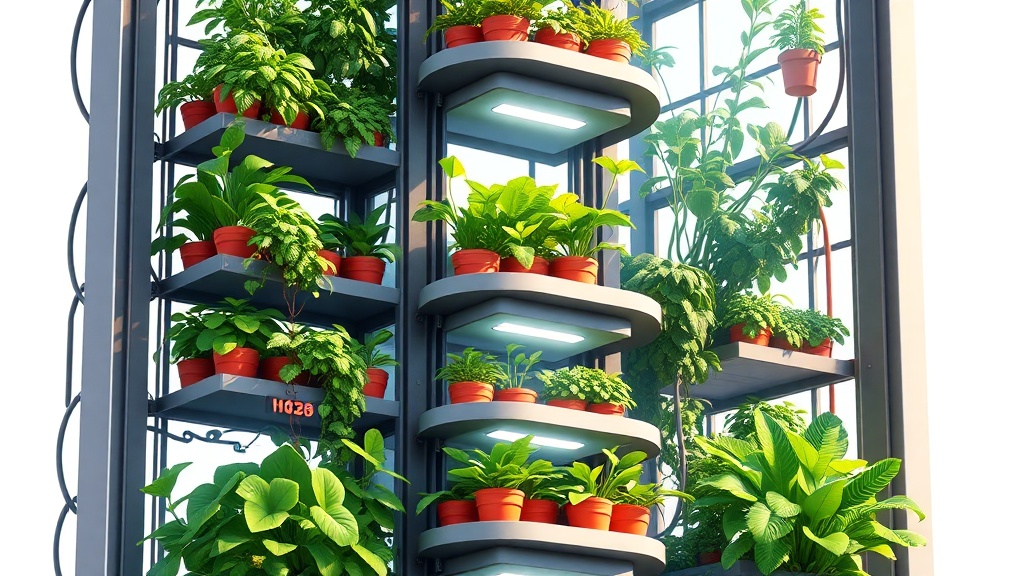Home / Environment / Vertical Farms and Agroecology: The Future of Urban Food Production
Vertical Farms and Agroecology: The Future of Urban Food Production
9 Nov
Summary
- Artist Agnes Denes planted 2.2 acres of wheat in NYC in 1982
- Urban farming produces 5-10% of the world's legumes, veggies, and tubers
- Vertical farming uses up to 98% less water than regular farming

As of November 2025, urban farming has emerged as a promising solution to global food security challenges. Back in 1982, artist Agnes Denes planted a 2.2-acre wheat field in New York City's Battery Park, foreshadowing the rise of urban agriculture. Today, this concept has evolved from community gardens to cutting-edge vertical farms and soil-free growing systems.
Urban agriculture now produces between 5% and 10% of the world's legumes, vegetables, and tubers. The pandemic spurred a boom in vertical farming startups, with £4.5 billion invested in 2021. While some ventures folded, the idea has proven resilient. Scotland recently opened a £1.8 million Vertical Farming Innovation Centre, and urban farms have sprouted in unexpected places like shipping containers, car parks, and bomb shelters.
Beyond high-tech approaches, a grassroots agroecology movement is also transforming cities. Principles like responsive local growing, soil health, and biodiversity protection are revitalizing underused urban spaces. Lauriston Farm in Edinburgh, for example, is converting former sheep pasture into a dynamic mix of market gardens, community allotments, and restored habitats. While urban farming alone cannot feed the world's projected 10 billion people by 2050, experts believe it can play a crucial role in creating more sustainable, resilient food systems.




